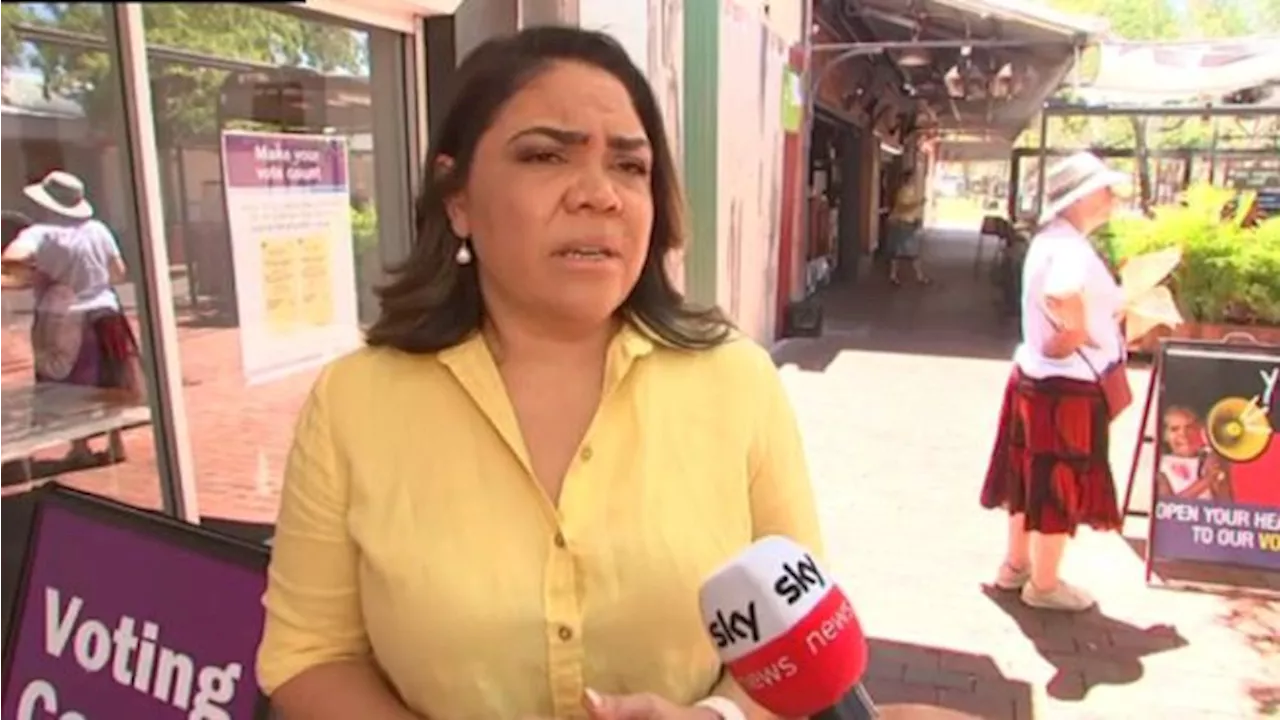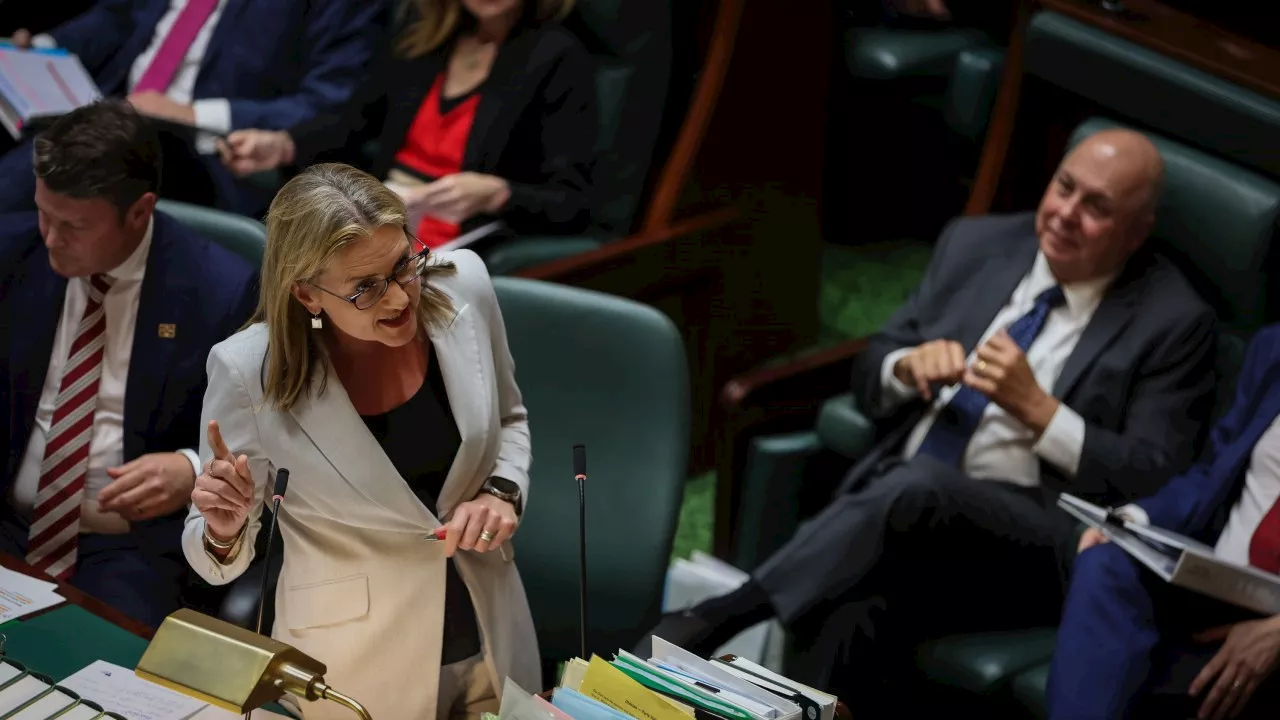In a speech to the Conservative Political Action Conference, No campaigner Jacinta Nampijinpa Price said the gap in outcomes between Indigenous and non-Indigenous people was 'more about place than race'. Is that correct?
to the Conservative Political Action Conference ahead of the Voice to Parliament referendum, No campaigner and Shadow Minister for Indigenous Australians Jacinta Nampijinpa Price said that when it comes to Indigenous disadvantage, geography matters more than race.
For some other indicators, the link between remoteness and worsening outcomes for Indigenous people is either not present or ambiguous. Geography is a factor in Indigenous disadvantage, but it interacts with other factors such as racial discrimination, according to experts.Fact Check contacted Senator Nampijinpa Price's office to ask for the source of her claim, but did not receive a response.about Indigenous disadvantage, published by the Centre for Independent Studies, a conservative-leaning think tank.
This analysis covered five states plus the Northern Territory, with the ACT and Tasmania excluded "due to the small size of their Indigenous populations". For the purposes of this analysis, the data has been grouped into five broad areas: physical and mental health; education and employment; families, housing and children; incarceration; and languages and land rights., as defined by the Australian Bureau of Statistics. This allows for comparisons between populations living in major cities, inner and outer regional areas and remote and very remote areas nationally.
So while the gap increases with distance from the major cities, that's because on these measures remoteness doesn't affect non-Indigenous people in the same way. However, it found that 37 areas around the country lacked easy access to Indigenous-specific primary health care services or GP services, with many of these areas located "in Remote and Very remote areas of Queensland and Western Australia".Data for suicide rates reveals that both Indigenous and non-Indigenous people experience worse outcomes in remote areas than in the major cities, but that rates for Indigenous people are higher across all geographies.
It also noted a number of more general factors whose impact on the Indigenous population is greater, for example, a history of exposure to suicide or family violence.This indicator relies on data from the Australian Bureau of Statistics' National Aboriginal and Torres Strait Islander Health Survey. The data showed that "place" made no difference to the rate of actual or threatened violence against Indigenous women, with both remote and non-remote areas reporting a figure of 8.4 per cent.
Professor Cripps said the added surveillance in the cities created more opportunities for Indigenous children to be reported and therefore subject to a removal order. The data shows that a decreasing proportion of Indigenous people live in adequately sized accommodation as remoteness increases. When it comes to incarceration, Indigenous children and adults are locked up at much higher rates, relative to non-Indigenous people, in all states and territories.
In a statement, they said there was evidence that geography did affect incarceration rates among both the general and Indigenous populations, but that it was "important to understand how remoteness is impacted by other factors". Dr Lockwood and Dr Allard told Fact Check: "To make real change, it is unproductive to try and isolate the impact of each of the social determinants — you have to understand how they interact. That's why best-practice models view individuals and communities holistically."Percentage of people aged 15-24 years who are fully engaged in employment, education or training
On job prospects, for example, 62.1 per cent of Indigenous people aged 25-64 living in major cities were employed in 2021, compared with 35 per cent in very remote areas. On the other, non-Indigenous people in very remote communities were likely to be more transient workers, such as fly-in fly-out or mining employees, or those who had taken short-term management roles, Dr Markham said.
"And then there is considerable segregation in schooling in remote service towns like Alice Springs, not to mention the preponderance of non-Indigenous children from very remote areas who attend school of the air or boarding schools rather than local Indigenous community schools." Meanwhile, the proportion of Indigenous children assessed as developmentally on track decreases as remoteness increases. Once again, this trend is not present for non-Indigenous children, who have better outcomes across all areas.Finally, for internet access, the Australian Bureau of Statistics supplied Fact Check with a breakdown by geography of the data used in the Closing the Gap report.
However, it's important to note that both sets of data are significantly out of date, with the information collected before thePercentage of land mass and sea area subject to or covered by Indigenous people's legal rights or interests Neither of these indicators has an equivalent non-Indigenous measure, nor is the Closing the Gap data broken down by remoteness area.
Dr Markham noted that Indigenous languages also had an advantage in remote areas, because these places were colonised later and had larger Indigenous populations.Data for the chart below was collected by the Australian Institute of Aboriginal and Torres Strait Islander Studies through its 2018-19 National Indigenous Languages Survey.
Importantly, for the vast majority of indicators that revealed a clear link between geography and worse outcomes, there was still a gap in outcomes between Indigenous and non-Indigenous people in major cities and regional areas. Finally, there are some indicators where Indigenous people living in the cities have the same or worse outcomes as their regional and remote counterparts.
Australia Latest News, Australia Headlines
Similar News:You can also read news stories similar to this one that we have collected from other news sources.
 ‘Gaslighting, bullying’: Jacinta Price’s explosive campaign claimsShadow Minister for Indigenous Australians Jacinta Price has casted her vote for a Voice to Parliament in her home town of Alice Springs.
‘Gaslighting, bullying’: Jacinta Price’s explosive campaign claimsShadow Minister for Indigenous Australians Jacinta Price has casted her vote for a Voice to Parliament in her home town of Alice Springs.
Read more »
 Gold price, bitcoin price: Why gold and bitcoin bring investors different risks and benefitsBitcoin has thumped gold’s returns over the past 14 years, but the jury is still out on which is a better inflation hedge.
Gold price, bitcoin price: Why gold and bitcoin bring investors different risks and benefitsBitcoin has thumped gold’s returns over the past 14 years, but the jury is still out on which is a better inflation hedge.
Read more »
 Jacinta Allan maintains commanding lead over Coalition but gap narrowsNew polling has also found that the majority of Victorians want an inquiry to examine the actions of the state government during the COVID pandemic.
Jacinta Allan maintains commanding lead over Coalition but gap narrowsNew polling has also found that the majority of Victorians want an inquiry to examine the actions of the state government during the COVID pandemic.
Read more »
 Jacinta Allan reacts to new poll after taking over as Victorian PremierThe first major poll since Jacinta Allan took over the leadership of Victorian Labor has revealed she is well ahead of John Pesutto in the preferred premier stakes.
Jacinta Allan reacts to new poll after taking over as Victorian PremierThe first major poll since Jacinta Allan took over the leadership of Victorian Labor has revealed she is well ahead of John Pesutto in the preferred premier stakes.
Read more »
 Who knew what when: The mystery of Jacinta Allan and the Commonwealth GamesIn this post-truth era, and with a growing cynicism towards politicians, it’s important to remember that when a Cabinet minister speaks we are still entitled to assume they aren’t avoiding the truth.
Who knew what when: The mystery of Jacinta Allan and the Commonwealth GamesIn this post-truth era, and with a growing cynicism towards politicians, it’s important to remember that when a Cabinet minister speaks we are still entitled to assume they aren’t avoiding the truth.
Read more »
